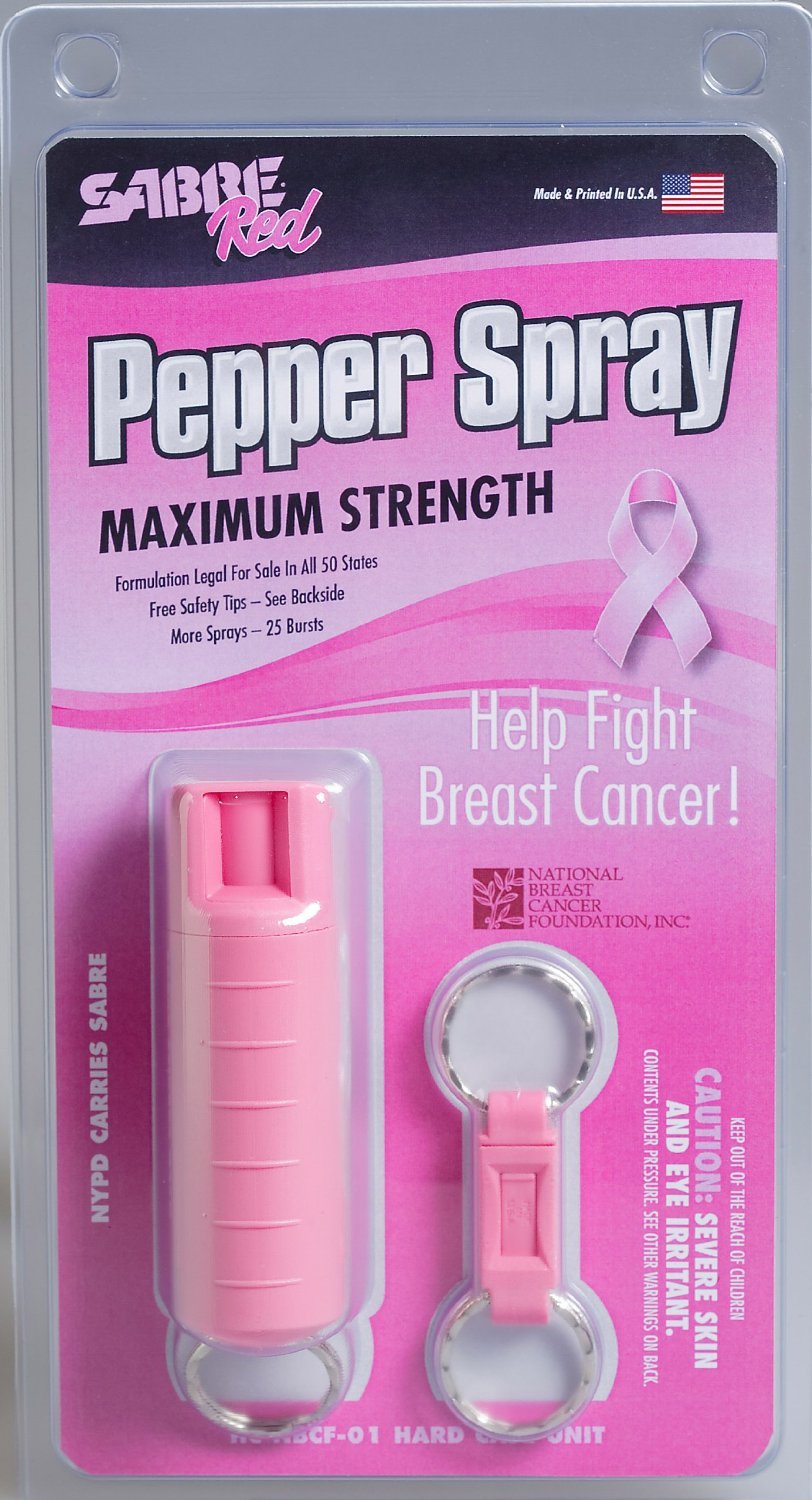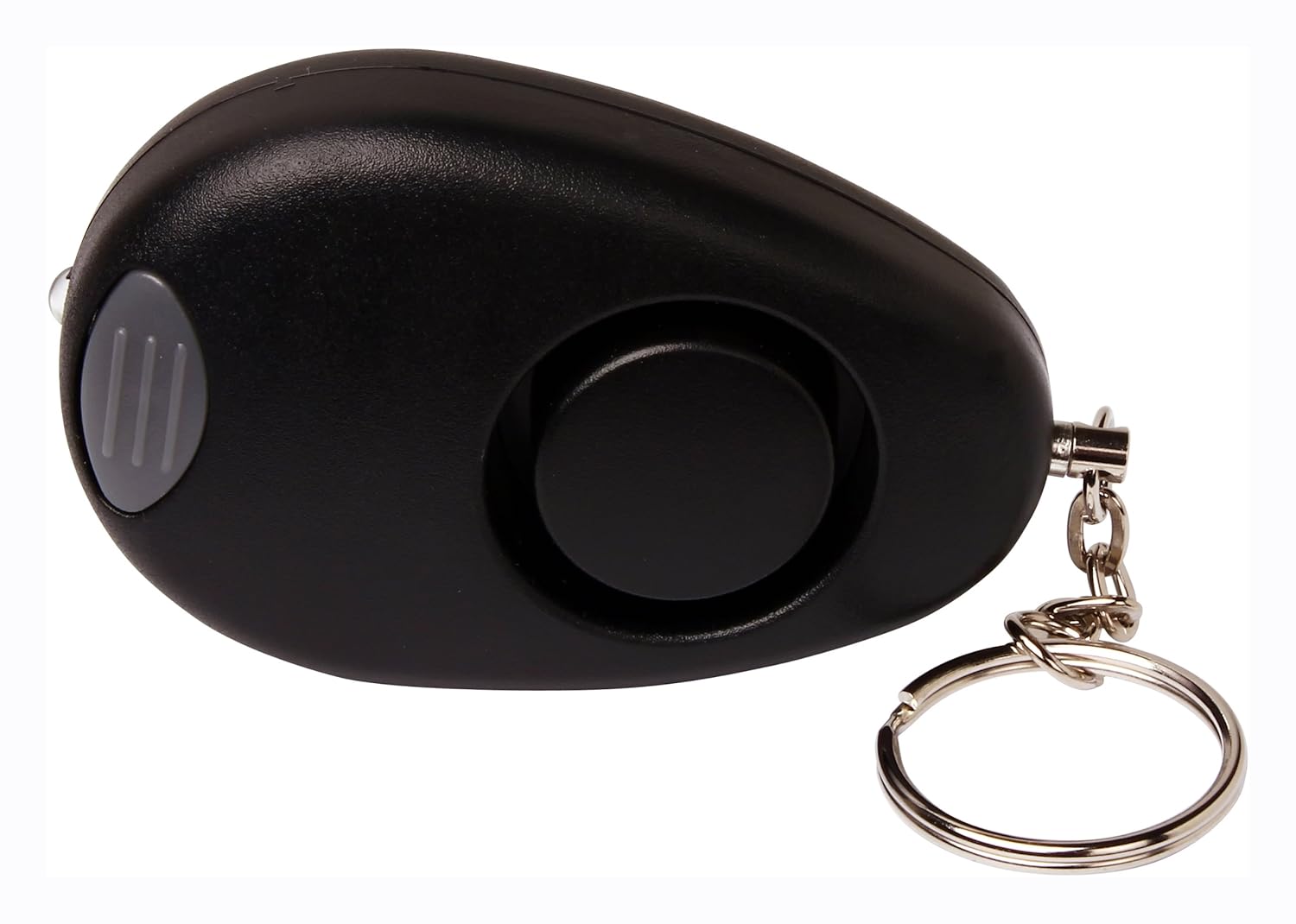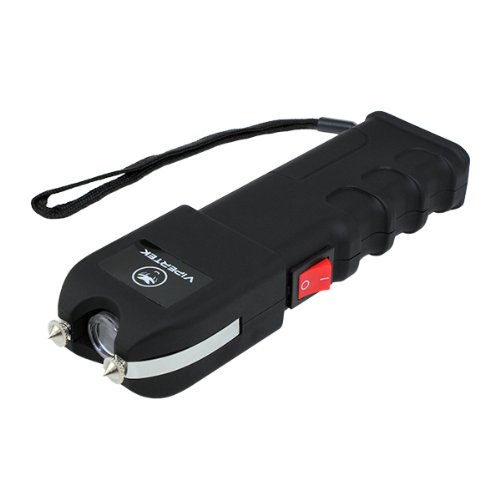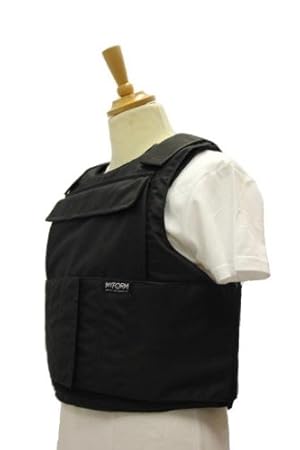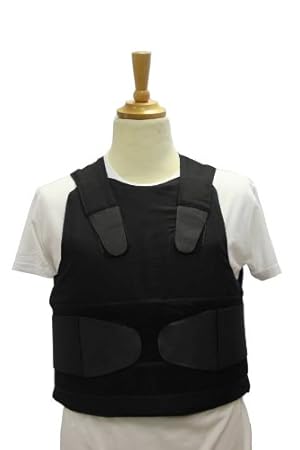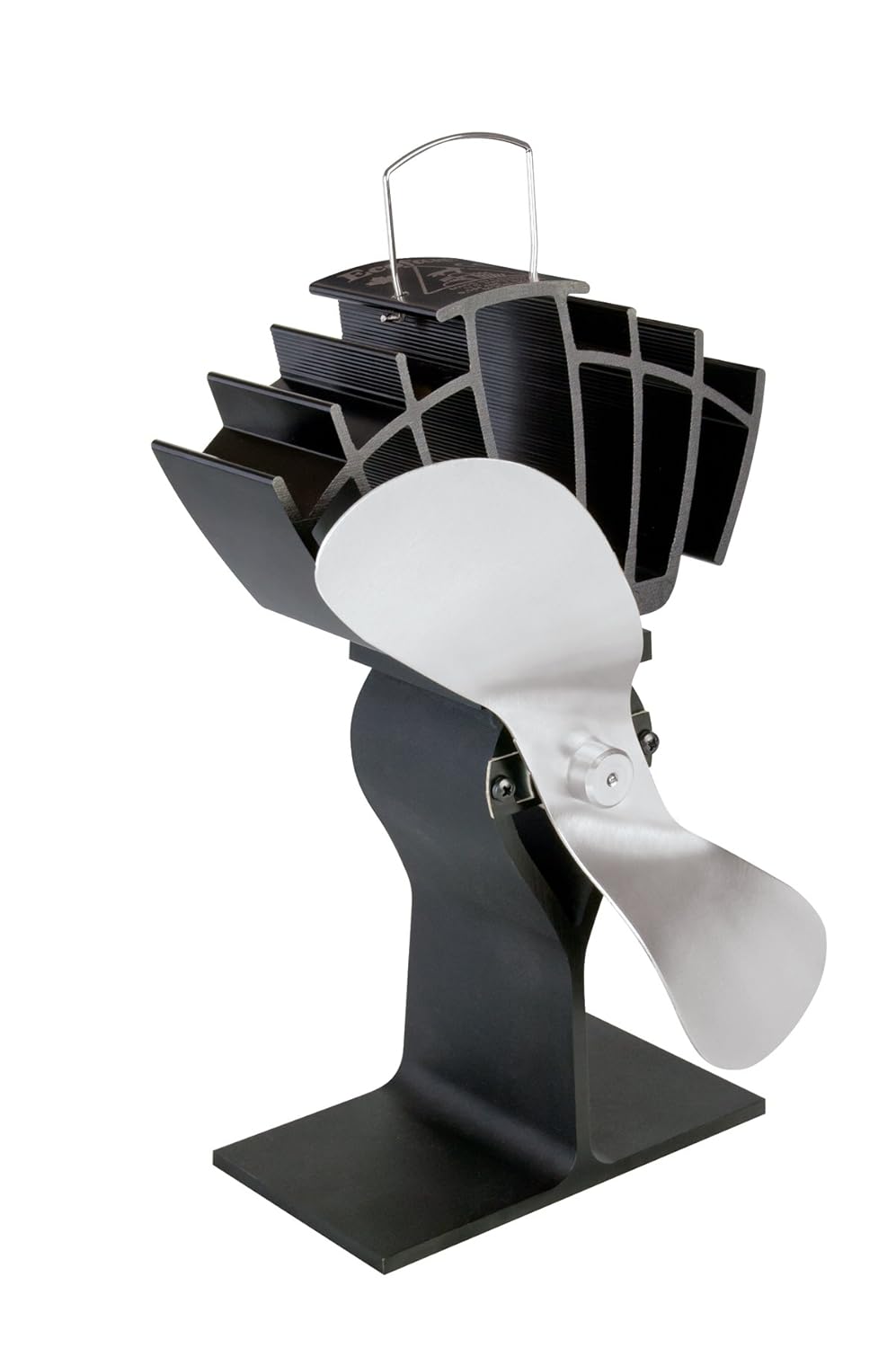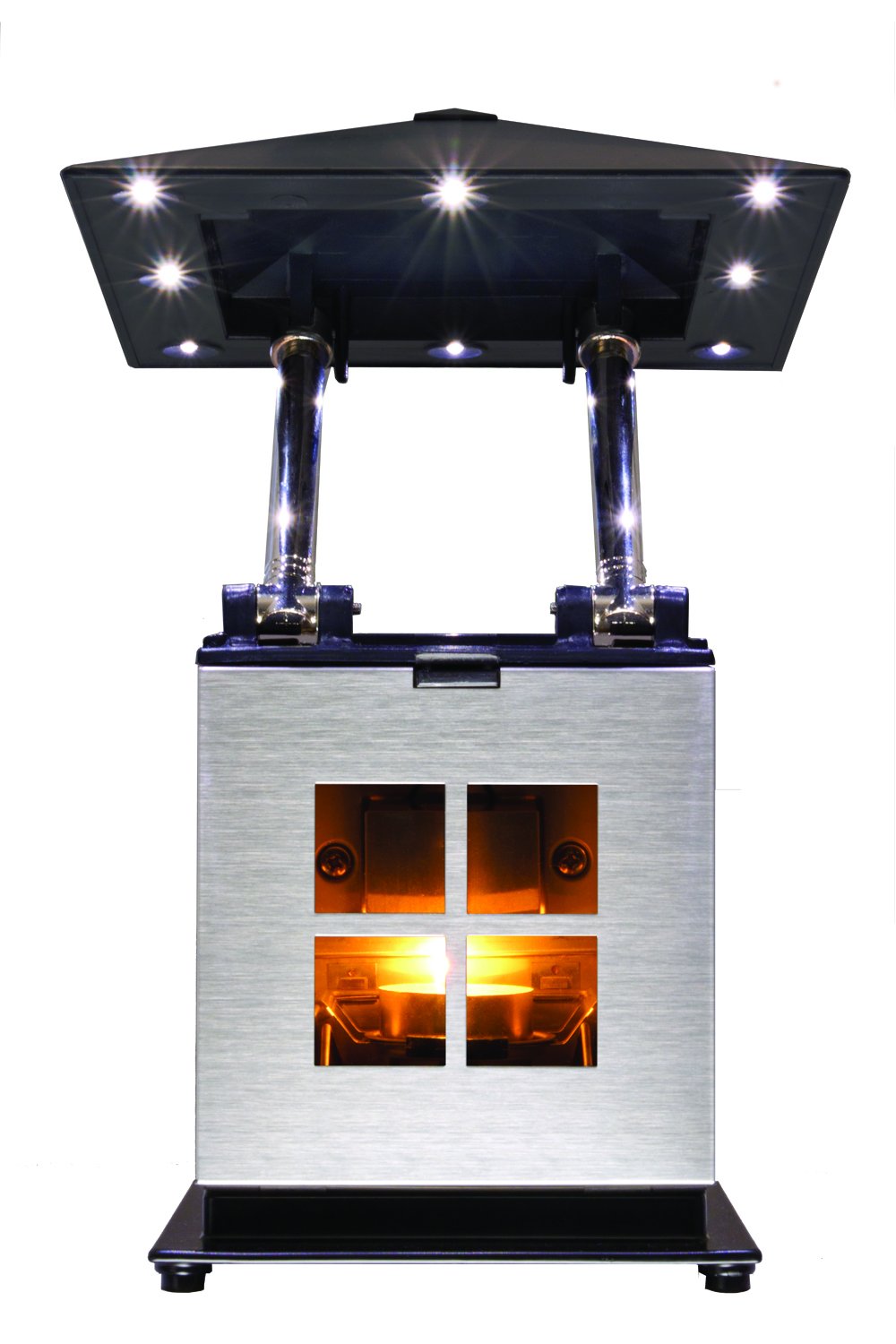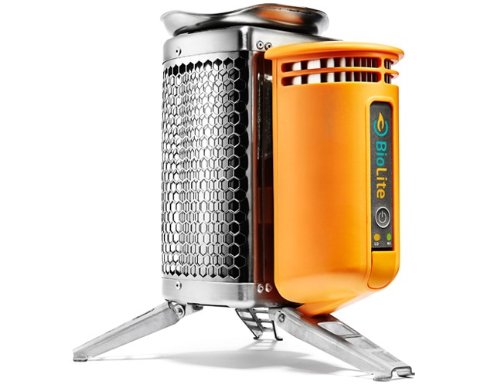This is an excerpt from the chapter about vehicles from my latest book “Bugging Out and Relocating: What to do when staying is not an option”, available in Amazon.
Bug Out Vehicle
The
concept of “Bug Out Vehicle” evokes images of powerful 4x4 trucks
driven by rugged adventurers as they make their way across uncharted
territory. As we analyze this topic more carefully we will understand
that the reality is far less exciting and that unless such capabilities
are really needed, a true Bug Out Vehicle (BOV) has little to do with
the likes of a specialized off-road vehicle.
A Bug Out vehicle is a form of transportation that allows you to reach a safe location during emergency situations. We can assume that for the most part driving will be done on roads and we will only go off-road when there’s no other choice. Still, since emergency scenarios can be very different from one another, the specific vehicle best suited for each will be different too. A person living in a rural area with poor roads and heavy snow during winters will appreciate having a 4WD/AWD BOV, while someone living in a dangerous country with serious crime problems, terrorist threats or war may greatly value armored protection. In spite of the differences, there are certain common traits you want to look for in a BOV:
Reliability: A car is of no use if it doesn’t run. How big it is or how powerful it is, it all comes in a distant second place to actually working. The BOV should have an excellent track record when it comes to reliability. The last thing you want to worry about when evacuating is mechanical problems. All motor vehicles have them, but some have them far more often than others. Having a reliable vehicle will also mean that your car is less likely to need repairs (saving money) when used on daily basis for commuting and driving around town.
Fuel Efficiency: While monster trucks and bomb-proof military vehicles may look great in post-apocalyptic movies, spending a small fortune in gas every month gets old fast and isn’t nearly as cool as you thought it would be when you realize how much money you could have saved with a more fuel efficient vehicle. Poor gas millage is usually the reason why most big BOV stay in the garage while a more efficient car is used for driving around. The theory here is that when disaster strikes, the person will be able to go back home, load up the BOV, and make a triumphal exit while the neighbors stare in awe with their jaws hanging, his sparkling off-road truck blinding them with sun reflecting off the manly stainless steel grill guard. The flaw in this theory is assuming that a person will somehow know when disaster will strike. There’s never a warning. That’s part of what disasters and emergencies are all about. This means that the vehicle used on daily basis will probably be the vehicle you will have with you when things go wrong. Last but not least, fuel efficiency is of great importance because it’s directly proportional to how much distance you can cover on any given amount of fuel you have or are able to procure.
Ease of Repair: The car should be easy to repair. Spare parts should be widely available and not too expensive. The car should be popular enough so that most car mechanics are familiar with the model.
4WD/AWD: If possible, the vehicle should have good ground clearance and 4WD/AWD so as to go off-road or over sidewalks, boulevards and debris should they ever be encountered. It will also make the vehicle more suited for dealing with snow storms and floods. In general, the more suited a vehicle is for off-road, the larger the engine and the more fuel it uses, defeating the purpose of having a car that makes the best use of the fuel available. Because of this reason, light off-road SUVs and AWD sedans may hit that sweet spot where the fuel economy isn’t that bad and it is still capable of limited off-roading if it’s ever needed.
A Bug Out vehicle is a form of transportation that allows you to reach a safe location during emergency situations. We can assume that for the most part driving will be done on roads and we will only go off-road when there’s no other choice. Still, since emergency scenarios can be very different from one another, the specific vehicle best suited for each will be different too. A person living in a rural area with poor roads and heavy snow during winters will appreciate having a 4WD/AWD BOV, while someone living in a dangerous country with serious crime problems, terrorist threats or war may greatly value armored protection. In spite of the differences, there are certain common traits you want to look for in a BOV:
Reliability: A car is of no use if it doesn’t run. How big it is or how powerful it is, it all comes in a distant second place to actually working. The BOV should have an excellent track record when it comes to reliability. The last thing you want to worry about when evacuating is mechanical problems. All motor vehicles have them, but some have them far more often than others. Having a reliable vehicle will also mean that your car is less likely to need repairs (saving money) when used on daily basis for commuting and driving around town.
Fuel Efficiency: While monster trucks and bomb-proof military vehicles may look great in post-apocalyptic movies, spending a small fortune in gas every month gets old fast and isn’t nearly as cool as you thought it would be when you realize how much money you could have saved with a more fuel efficient vehicle. Poor gas millage is usually the reason why most big BOV stay in the garage while a more efficient car is used for driving around. The theory here is that when disaster strikes, the person will be able to go back home, load up the BOV, and make a triumphal exit while the neighbors stare in awe with their jaws hanging, his sparkling off-road truck blinding them with sun reflecting off the manly stainless steel grill guard. The flaw in this theory is assuming that a person will somehow know when disaster will strike. There’s never a warning. That’s part of what disasters and emergencies are all about. This means that the vehicle used on daily basis will probably be the vehicle you will have with you when things go wrong. Last but not least, fuel efficiency is of great importance because it’s directly proportional to how much distance you can cover on any given amount of fuel you have or are able to procure.
Ease of Repair: The car should be easy to repair. Spare parts should be widely available and not too expensive. The car should be popular enough so that most car mechanics are familiar with the model.
4WD/AWD: If possible, the vehicle should have good ground clearance and 4WD/AWD so as to go off-road or over sidewalks, boulevards and debris should they ever be encountered. It will also make the vehicle more suited for dealing with snow storms and floods. In general, the more suited a vehicle is for off-road, the larger the engine and the more fuel it uses, defeating the purpose of having a car that makes the best use of the fuel available. Because of this reason, light off-road SUVs and AWD sedans may hit that sweet spot where the fuel economy isn’t that bad and it is still capable of limited off-roading if it’s ever needed.
Recommended Vehicles
While other BOV may be excellent choices as well, these vehicles have a proven track record and would make excellent choices.
Honda CR-V
Second generation Honda
CR-V
Photo: F.Aguirre
The Honda CR-V was the #1 best-selling SUV in USA in 2012 with 281,652 units sold2. It was introduced in 1995, based on the successful Civic platform and it is still one of the best choices for those looking for a compact SUV. The CR-V has earned itself a solid reputation for reliability, versatility and quality of construction. Used Honda CR-Vs are affordable yet very reliable if one in good condition is purchased. While they are clearly oriented for light off-road use, they are still capable of dealing with realistic bugging out challenges such as snow and secondary dirt or gravel roads. Some Honda CR-V are 2WD, so make sure you are buying a four-wheel drive (4WD) model for better off-road performance. For those considering buying a new CR-V, Honda plans to use a common platform for its remodeled Civic, Accord and CR-V sport utility vehicle, which are slated to go on sale in 2015-173. Honda has a larger model called Pilot that has three rows of seats so as to seat eight people, improved off-road capability and it can wade through 19 inches of water.
Toyota RAV4
Like Honda, Toyota enjoys a reputation of solid performance and reliability which is the main trait to look for in a BOV. The RAV4 was introduced in 1994 and was the first compact crossover. The Toyota RAV4 ended up in #4 with 171,877 units sold in USA in 2012, behind the Ford Escape and Chevrolet Equinox. The RAV4 competes directly with Honda’s CR-V. Both are popular choices and have similar traits. The Honda CR-V seems to have a better reliability record even if both vehicles are very reliable, while the RAV4 has a slight edge regarding fuel efficiency.
There’s a short body 3-door model RAV4 that could work well for those needing an even smaller vehicle.
Tip: There’s a 2008 Sport model that has a rear door without the externally mounted spare tire. This model uses run-flat tires, which are capable of resisting the effects of deflation when punctured. This can be a great advantage during car-jacking attempts and urban disasters.
Toyota Hilux & 4Runner
Toyota 4Runner Photo:Wikimedia Commons-IFCAR
The Toyota Hilux is an excellent option due to its legendary reliability. The reputation of the Hilux grew even more after the “Top Gear” TV show episodes where a beat up Hilux survived various torture tests including being washed out to sea, submerged in sea water for four hours, crashed into a tree, hit with a wrecking ball, set on fire and placed on top of a building that was later demolished with explosive charges. All they used to fix it and keep it running between tests was basic tools and supplies without using any spare parts.
The Toyota Hilux has been used all over the world doing all kinds of jobs, everything from farm pickup, off-roading vehicle, police patrol vehicles in South America and even as “technical” improvised fighting vehicles with a gun mounted on them.
The Toyota 4Runner available in USA is part of the Hilux family, sold in Japan under the name Hilux Surf. The fist 4Runner was little more than a camper version of the Hilux. The Toyota Highlander is the mid-size crossover SUV counterpart of the 4Runner. While less rugged, it is one of the most fuel efficient midsize SUVs.
If you need a bigger, more rugged vehicle, the Toyota Land Cruiser is a body-on –frame 4WD that has proven itself in some of the most extreme environments.
Chevrolet Pickups and SUV
Chevrolet makes the best-selling Silverado pickup and the full-size Chevrolet Tahoe which is considered “king of police SUVs”. The lengthened wheelbase model of the Tahoe is available as the Chevrolet Suburban (station wagon-bodied version) which is favored by the FBI and presidential secret service. These are big, powerful vehicles but have poor fuel efficiency and therefore the effective range per gallon during an evacuation scenario is not that good. If you need a daily driver for long range commutes, this can be a deal-breaker too due to fuel costs.
Chevrolet makes the best-selling Silverado pickup and the full-size Chevrolet Tahoe which is considered “king of police SUVs”. The lengthened wheelbase model of the Tahoe is available as the Chevrolet Suburban (station wagon-bodied version) which is favored by the FBI and presidential secret service. These are big, powerful vehicles but have poor fuel efficiency and therefore the effective range per gallon during an evacuation scenario is not that good. If you need a daily driver for long range commutes, this can be a deal-breaker too due to fuel costs.
These
are just some recommendations but they are of course not the only
alternatives. Ford F series are extremely popular and for good reasons.
The Ford Explorer and Fusion are also favored by various Law Enforcement
agencies across the United States.
Suzuki makes affordable vehicles known for their reliability. The Vitara is a solid and competent light-medium off-road vehicle even if it’s not that good on gas.
It is recommended to stay away from very old cars and restoration projects unless you are very knowledgeable and willing to do most of the work yourself. Like military surplus vehicles, old car restoration projects tend to cost more than what it’s worth, not only regarding money but time as well. If funds are somewhat limited, buying a used car of known reliability will cost less money than getting into a restoration project.
While vehicles that have certain characteristics that make them more suited for emergency scenarios are recommended, the reality is that the cost of driving around, maintenance and especially fuel efficiency, may ultimately decide the outcome of what vehicle you chose. If you have to drive long distances and do so on a tight budget, then a reliable vehicle with a significant priority on fuel efficiency may fit the bill. None the less, you can do so applying the same criteria: Prioritizing popular models which are easy to repair and find parts for and manufacturers of proven reliability. Some good options are the Honda Civic, Toyota Corolla, Suzuki Swift and Toyota Prius. Keep an eye out for Hatchback and Station Wagon variants. These can add flexibility and extra cargo space that can come in handy at times. Some station wagons models add an extra row of passenger seats.
Law enforcement agencies that are on a budget will sometimes chose more fuel efficient sedans and their choices are worth considering. Due to car pursuit training and post-collision reliability, rear-wheel-drive (RWD) configuration is usually favored. RWD makes for a more robust layout which is more agile as well in the hands of an expert driver. The disadvantage is that RWD isn’t as popular as the more common front-wheel drive layout, it’s generally more expensive and there’s some loss of traction on snow, ice and sand.
If you can’t do without 4WD or AWD because of snow, ice or poor roads then there’s sedan models that could work for you. Subaru offers the Legacy and Outback as efficient AWD models.
Useful Links:
www.autotrader.com
www.whatcar.com
These are just some of the cars recommended. If you have another vehicle in mind it is important to research how reliable it is, how common it is, the kind of realistic gas millage you can expect from it and if other owners have found problems with specific models.
Consumer Report is an excellent website for independent reviews. Also check vehicle reliability and fuel economy.
Useful links:
www.consumerreports.org
www.truedelta.com
www.fueleconomy.gov
www.fuelly.com
If you plan on towing a caravan or trailer as part of your Bug Out Plan you need to check the towing capacity of your particular vehicle. Not all cars are alike and even within the same models there are differences depending on the year in which each was manufactured. Your car manual book will have the towing capacity of your particular vehicle. The following websites show towing capacity for different models:
www.onlinetowingguide.com
www.towcar.info
Once you narrow down you choice, read online reviews in forums and boards so as to get a better idea of what to expect from that vehicle and learn any weaknesses the specific model may have.
Suzuki makes affordable vehicles known for their reliability. The Vitara is a solid and competent light-medium off-road vehicle even if it’s not that good on gas.
It is recommended to stay away from very old cars and restoration projects unless you are very knowledgeable and willing to do most of the work yourself. Like military surplus vehicles, old car restoration projects tend to cost more than what it’s worth, not only regarding money but time as well. If funds are somewhat limited, buying a used car of known reliability will cost less money than getting into a restoration project.
While vehicles that have certain characteristics that make them more suited for emergency scenarios are recommended, the reality is that the cost of driving around, maintenance and especially fuel efficiency, may ultimately decide the outcome of what vehicle you chose. If you have to drive long distances and do so on a tight budget, then a reliable vehicle with a significant priority on fuel efficiency may fit the bill. None the less, you can do so applying the same criteria: Prioritizing popular models which are easy to repair and find parts for and manufacturers of proven reliability. Some good options are the Honda Civic, Toyota Corolla, Suzuki Swift and Toyota Prius. Keep an eye out for Hatchback and Station Wagon variants. These can add flexibility and extra cargo space that can come in handy at times. Some station wagons models add an extra row of passenger seats.
Law enforcement agencies that are on a budget will sometimes chose more fuel efficient sedans and their choices are worth considering. Due to car pursuit training and post-collision reliability, rear-wheel-drive (RWD) configuration is usually favored. RWD makes for a more robust layout which is more agile as well in the hands of an expert driver. The disadvantage is that RWD isn’t as popular as the more common front-wheel drive layout, it’s generally more expensive and there’s some loss of traction on snow, ice and sand.
If you can’t do without 4WD or AWD because of snow, ice or poor roads then there’s sedan models that could work for you. Subaru offers the Legacy and Outback as efficient AWD models.
Useful Links:
www.autotrader.com
www.whatcar.com
These are just some of the cars recommended. If you have another vehicle in mind it is important to research how reliable it is, how common it is, the kind of realistic gas millage you can expect from it and if other owners have found problems with specific models.
Consumer Report is an excellent website for independent reviews. Also check vehicle reliability and fuel economy.
Useful links:
www.consumerreports.org
www.truedelta.com
www.fueleconomy.gov
www.fuelly.com
If you plan on towing a caravan or trailer as part of your Bug Out Plan you need to check the towing capacity of your particular vehicle. Not all cars are alike and even within the same models there are differences depending on the year in which each was manufactured. Your car manual book will have the towing capacity of your particular vehicle. The following websites show towing capacity for different models:
www.onlinetowingguide.com
www.towcar.info
Once you narrow down you choice, read online reviews in forums and boards so as to get a better idea of what to expect from that vehicle and learn any weaknesses the specific model may have.
Read more about this and other topics in my latest book, “Bugging Out and Relocating: What to do when staying is not an option”, available in Amazon.











